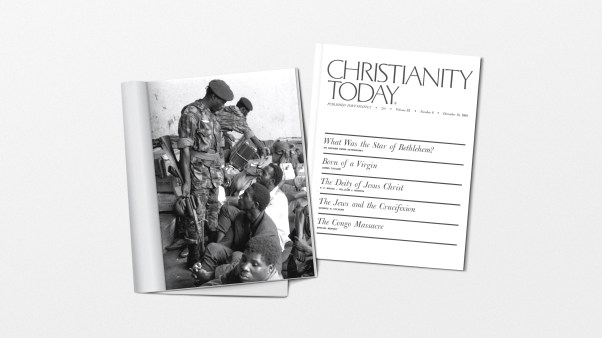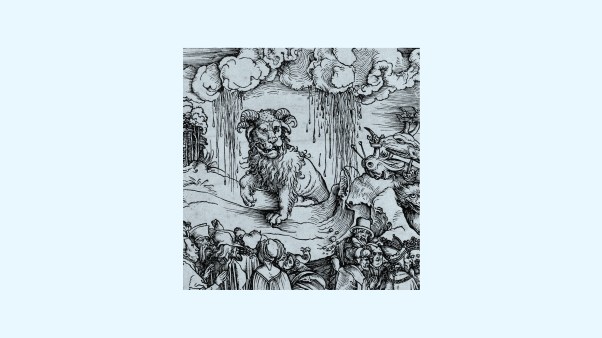The medieval Catholic church did not think toleration of doctrinal error a virtue, and it took decisive steps to correct heresy when it appeared.
Persuade Them to Remain
First, the church supported Christian groups that remained loyal to Rome while living out some radical practices of heretics, practices that were both biblical and effective at reforming the church (which was one concern of many dissenters).
Francis of Assisi (1182–1226), for example, shared many of Valdes’s ideals; Francis encouraged people to lead lives of Christian poverty and perfection. His friars were loyal Catholics, and in 1210 Pope Innocent III licensed them as a new religious order.
Francis was not centrally concerned about fighting heresy, but Dominic Guzman was. He founded the Dominicans, or the Friars Preacher, in 1217, specifically to deal with the Cathars, both by example (in a lifestyle of Christian poverty) and by teaching. A high proportion of Dominicans were university educated, and they evangelized cities and taught lay people orthodox Christian doctrine.
The Darker Way
The church’s other strategy was more severe: In 1227, Gregory IX introduced as an experiment something he called the Inquisition.
Inquisitors were appointed over districts and toured them seeking out heretics. Failure to attend an inquisitor’s tribunal could lead to arrest.
The inquisitor’s primary concern was to reconcile heretics to the church. If he succeeded, the heretic was dismissed with penance, such as making a pilgrimage or fasting on bread and water for so many days. This was the result for 90 percent of the people examined by the Inquisition.
However, there was a darker side to the tribunal’s activities. Cathar believers who refused to recant, for example, were normally sent to prison until they changed their minds. Then, in 1252, Pope Innocent IV licensed the use of torture in the case of obdurate suspects. It wasn’t to be used to force a heretic to recant (this must be a free act) but only to make him divulge information about the heretical group.
Convicted heretics who refused to recant were handed over to the secular authorities for punishment because it was believed unchecked heretical ideas posed a danger to society.
As a result of these and other factors, by about 1325, Catharism had disappeared from Western Europe. The Waldensians simply withdrew into remote parts of southern Italy and Germany, eventually to emerge as a Calvinist communion, and their church still exists today.
Bernard Hamilton is professor of crusading history at the University of Nottingham, England. He is author of “Religion in the Medieval West” (Edward Arnold).
Copyright © 1996 by the author or Christianity Today/Christian History magazine.Click here for reprint information on Christian History.










